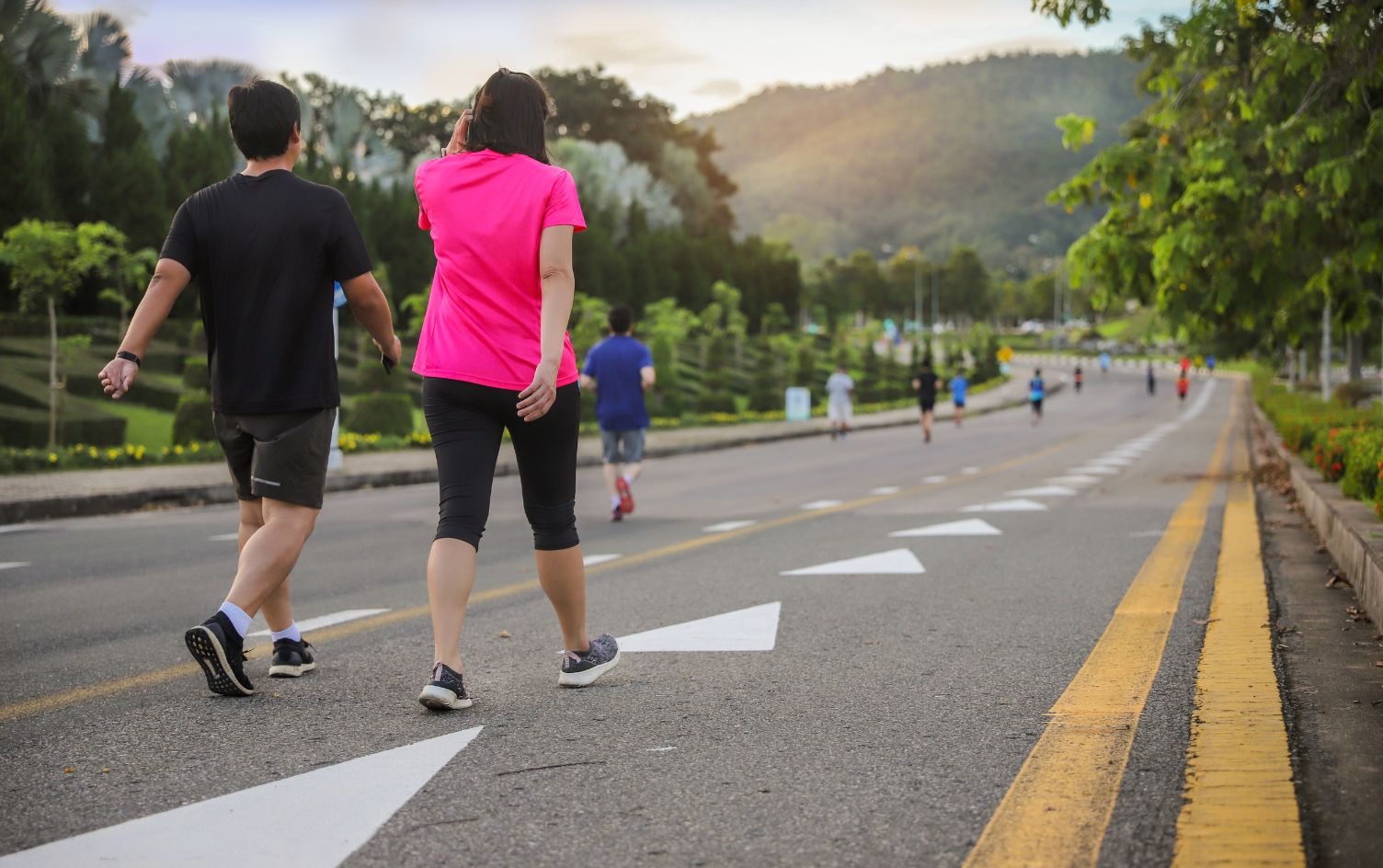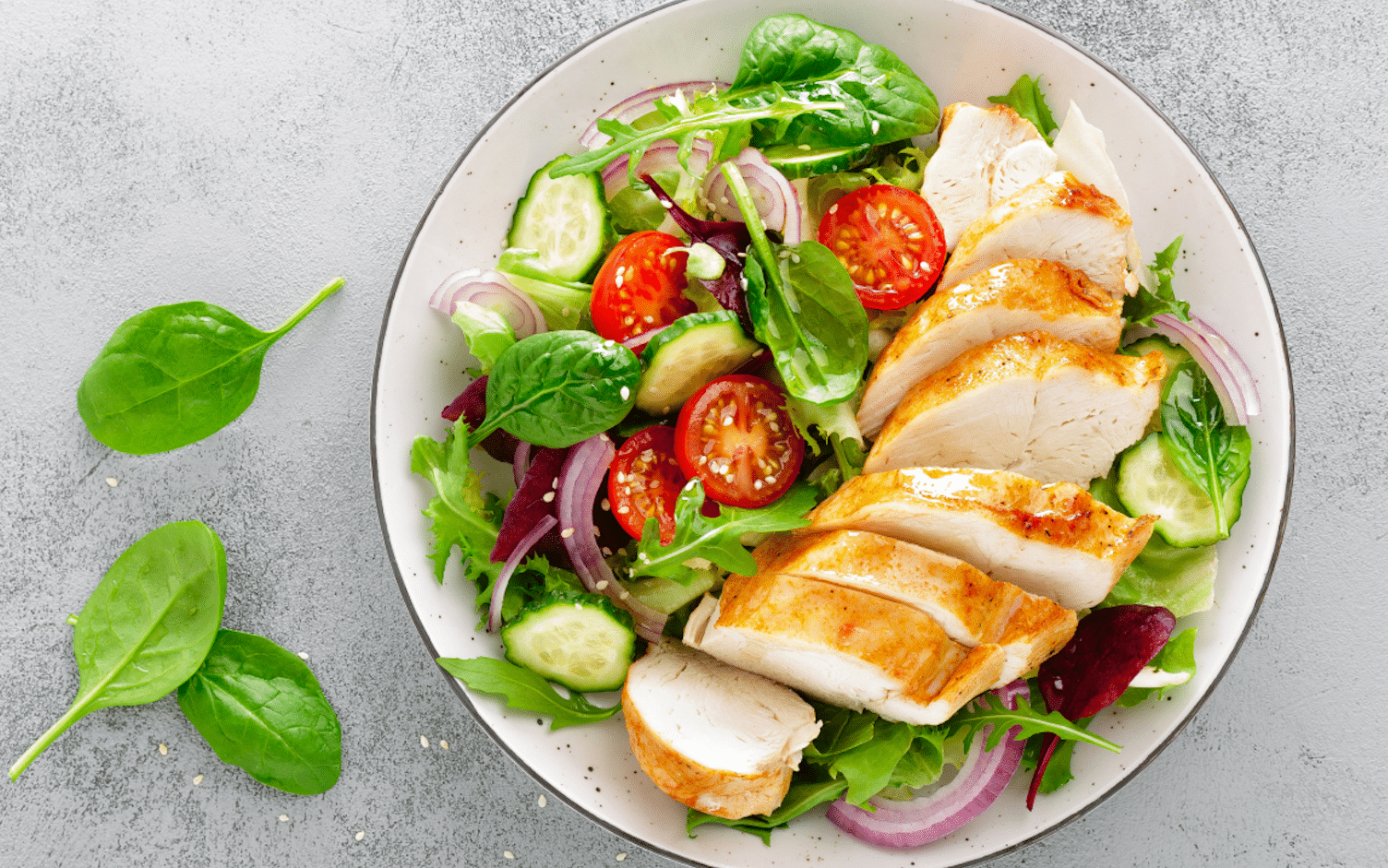Walking at night has a number of benefits, including providing a boost to your immune system, aiding sleep and reducing stress after a long day at the office.
But because of limited light, you’ll need to take extra precautions ranging from proper gear to having a safety plan. Here are five tips to help you stay safe at night while enjoying your walking workout:
INVEST IN GEAR TO KEEP YOU VISIBLE
When it’s dark out, you’ll need to take extra precautions to make sure other pedestrians and motorists see you. In areas where light is limited, you’ll also need to make sure you can see where you’re going to avoid an unnecessary injury.
Here are a few items that will help keep you safe and seen:
- Headlamp: While a flashlight will do, a good headlamp frees your hands during exercise and provides a steady beam of light in your direction of travel. A high-powered LED light is especially helpful for trail walking or other areas where there might not be any street lamps.
- Reflective clothing: Hi-visibility jackets, pants and shoes with reflective material are must-haves if you walk at night frequently.
- Arm/ankle bands: The more reflective gear you have the better, and these small bands are easy to wear.
BRING A FRIEND
Recruit a friend or family member — not only will it be more enjoyable, but it’ll also be safer. A walking partner helps make you more visible and provides backup in case of injury.
If you don’t have anyone willing to go out with you, bringing a dog is another good option. Animals sense dangerous situations or other approaching pedestrians before you can and will also help you be seen by others. Just make sure you keep your pet visible, too, by using reflective collars, lights and other gear.
ABIDE BY NIGHTTIME SAFETY RULES
While it’s always important to follow basic traffic laws, at night it’s especially important to stay safe. Here are a some safety rules you should always abide by when it’s dark:
- Walk facing traffic so you can react quickly.
- Always use sidewalks and off-road, multi-use paths when possible. Stay off the street and bike lanes to avoid danger.
- Don’t assume others see you. Take extra precautions and always be alert when crossing the street or using crosswalks.
- Keep your head up, looking for hazards 10–15 feet in front of you.
- Avoid distractions that can cause you to lose focus. Looking at your phone or even listening to music should be avoided at night so you can be more aware of your surroundings and react when needed.
HAVE A SAFETY PLAN
If something goes wrong, you’ll need to have a plan. Start by letting a friend or family member know exactly what route you’re taking and what time you plan to return. Have a way for them to contact you (carry your phone) and let this person know what they should do if you don’t arrive at a specified time.
When possible, choose areas that are well-lit and walk in familiar neighborhoods or places you’ve been before.
TAKE EXTRA SAFETY PRECAUTIONS
You should always prepare for the worst-case scenario. This could be a dead battery on your phone, an unexpected encounter with an animal on a trail or an injury. While you can’t prepare for everything, there are a few things you can bring on your walk that might help out in the event things don’t go as planned. These basics are:
- Identification: You don’t need to carry your full wallet, but having your ID on you at all times is a must.
- A few dollars: It’s a good idea to have a small amount of cash on-hand just in case you need to catch a ride home.
- A whistle: This can help scare off attackers and animals or draw attention to yourself.
- Pepper spray or Mace: When all else fails, this can help you get away from a dangerous situation.
- Smartphone: This helps you stay in touch with loved ones and call for help, if needed.




